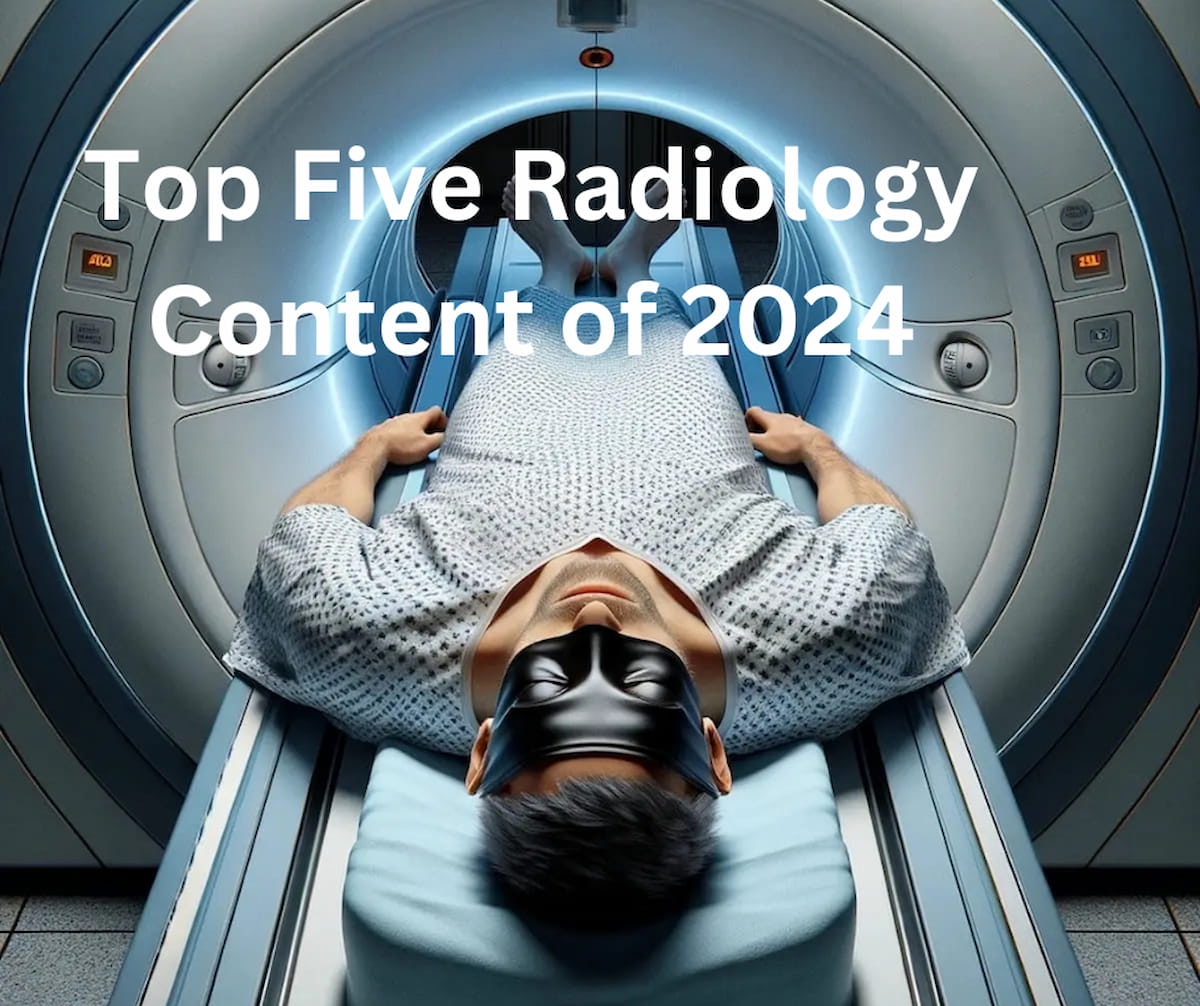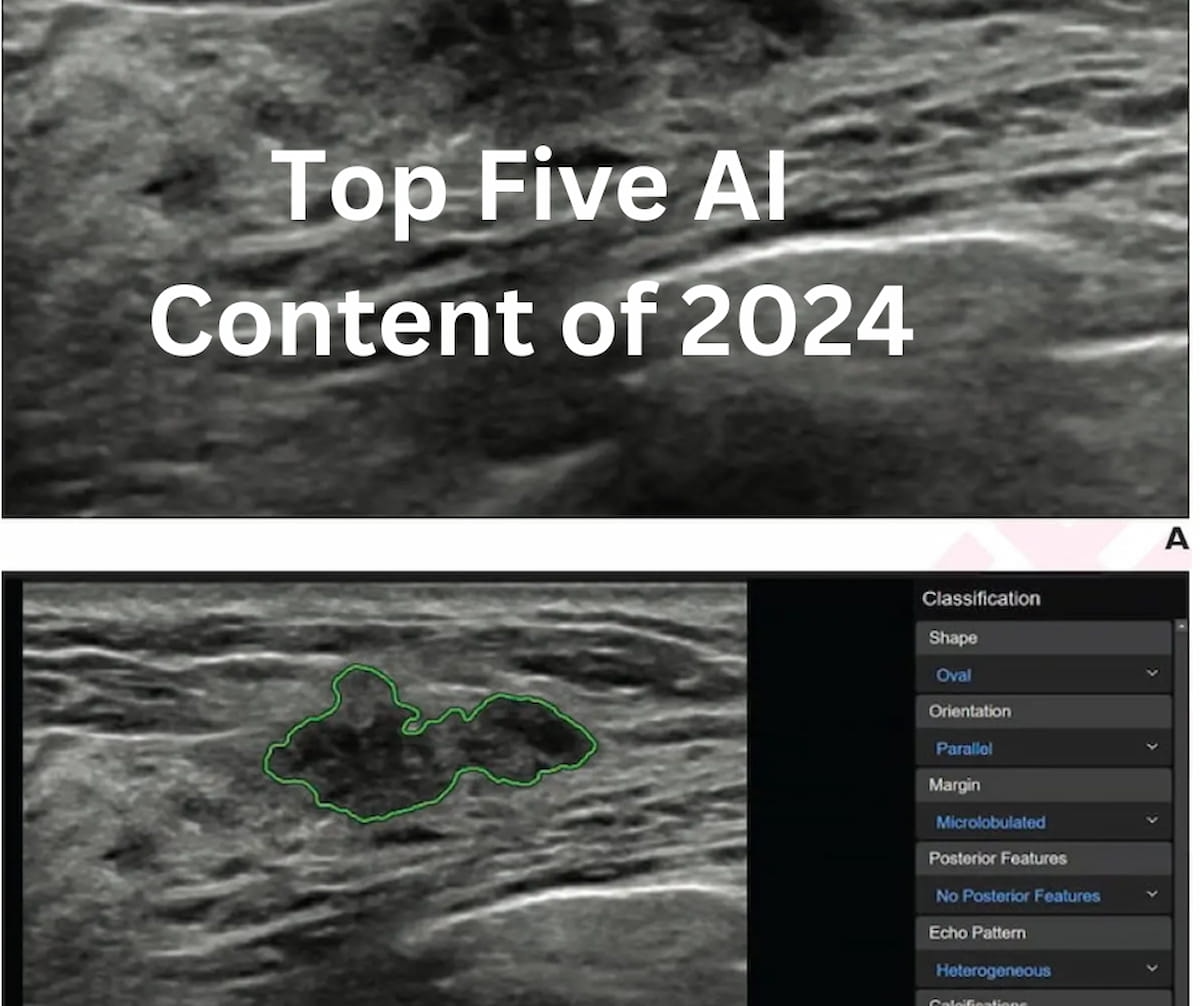
MRI
Latest News

Latest Videos
More News
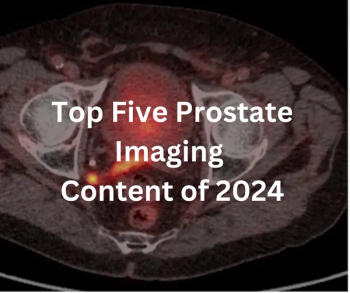
Catch up on the most well-viewed prostate imaging content from 2024.
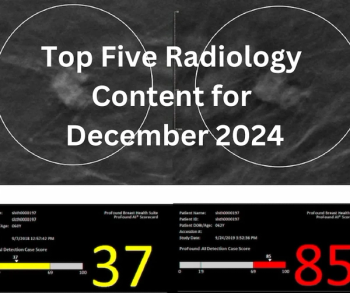
Catch up on the most-well viewed radiology content in December 2024.

Catch up on the top AI-related news and research in radiology over the past month.

Catch up on the most well-read mammography articles from 2024.

Catch up on the top radiology content of the past week.
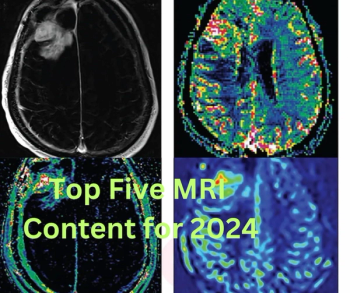
Catch up on the most well-viewed magnetic resonance imaging (MRI) content from 2024.
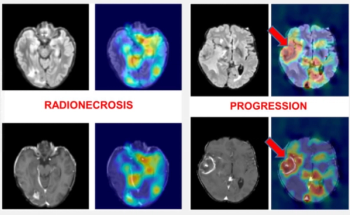
Convolutional neural network-enabled segmentation of brain MRI offered a 25.7 percent higher specificity than a radiomic model for differentiating radionecrosis and metastatic progression in patients treated with stereotactic radiosurgery for brain metastases.

Ten-minute and five-minute knee MRI exams with compressed sequences facilitated by deep learning offered nearly equivalent sensitivity and specificity as an 18-minute conventional MRI knee exam, according to research presented recently at the RSNA conference.

Catch up on the top radiology content of the past week.
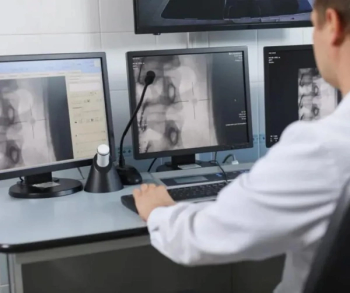
Do we get mired in the rut of generational grumbling, or do we reframe resentments into perspective of what we have overcome?

Catch up on the top radiology content of the past week.
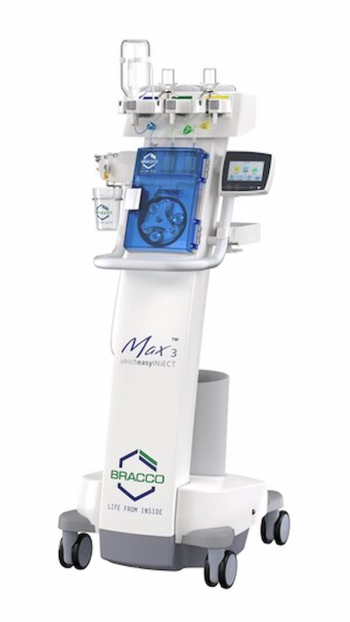
The Max 3 syringe-less injector reportedly offers improved efficiency and intuitive features with contrast media use for magnetic resonance imaging.

Catch up on the top radiology content of the past week.
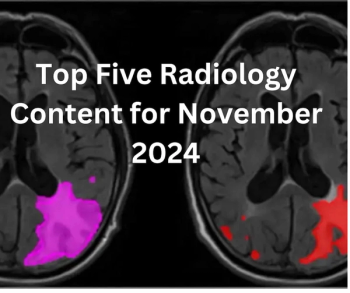
Catch up on the most-well viewed radiology content in November 2024.

Higher repetitive head impacts in adult soccer players were associated with lower fractional anisotrophy and a higher orientation dispersion index in the frontal lobe, orbitofrontal cortex, and the parietal lobe, according to diffusion MRI findings to be presented at the Radiological Society of North America (RSNA) conference.

Catch up on the top AI-related news and research in radiology over the past month.
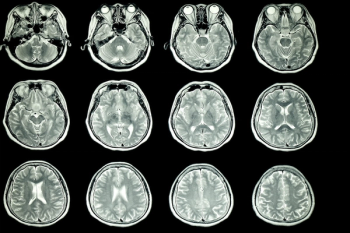
Through AI technology, Neurophet AQUA now provides multiple sclerosis (MS) analysis with a combination of lesion quantification and enhanced segmentation of T2-FLAIR MRI.

Catch up on the top radiology content of the past week.

Utilized in conjunction with hyperpolarized Xenon-129 for the assessment of lung ventilation, the chest coil can now be employed in the Signa Premier and Discovery MR750 3T MRI systems.
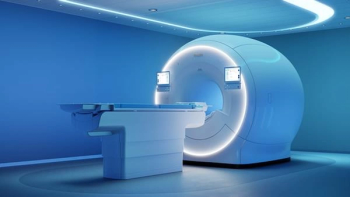
Offering a variety of AI-enabled tools to facilitate radiology workflow efficiency, the BlueSeal MRI system is reportedly the first wide bore, helium-free 1.5T MRI platform in the field.

In a recent interview, Richard Duszak, MD, discussed new study findings that showed over nine percent annual increases in ultrasound, CT and MRI interpretation by office-based non-physician practitioners (NPPs) between 2013 and 2022.
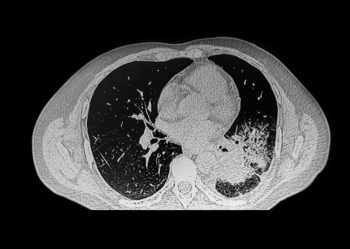
Agreement on follow-up imaging was 41 percent more likely with recommendations by thoracic radiologists and 36 percent less likely on recommendations for follow-up nuclear imaging, according to new research.

Catch up on the top radiology content of the past week.
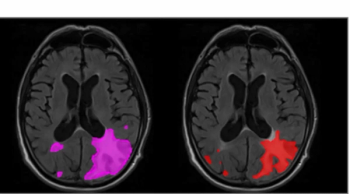
Icobrain.aria is reportedly the first AI software geared toward the detection and monitoring of amyloid-related imaging abnormalities (ARIAs) on brain MRI.
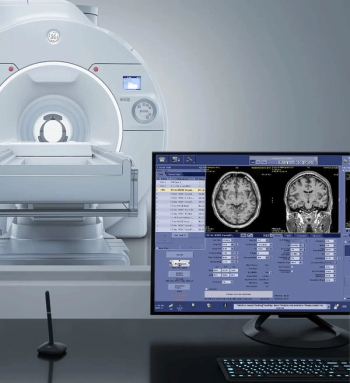
The Signa Magnus MRI device offers a slew rate and gradient amplitude that are reportedly superior to those of 60 or 70 cm bore whole-body MRI systems.



